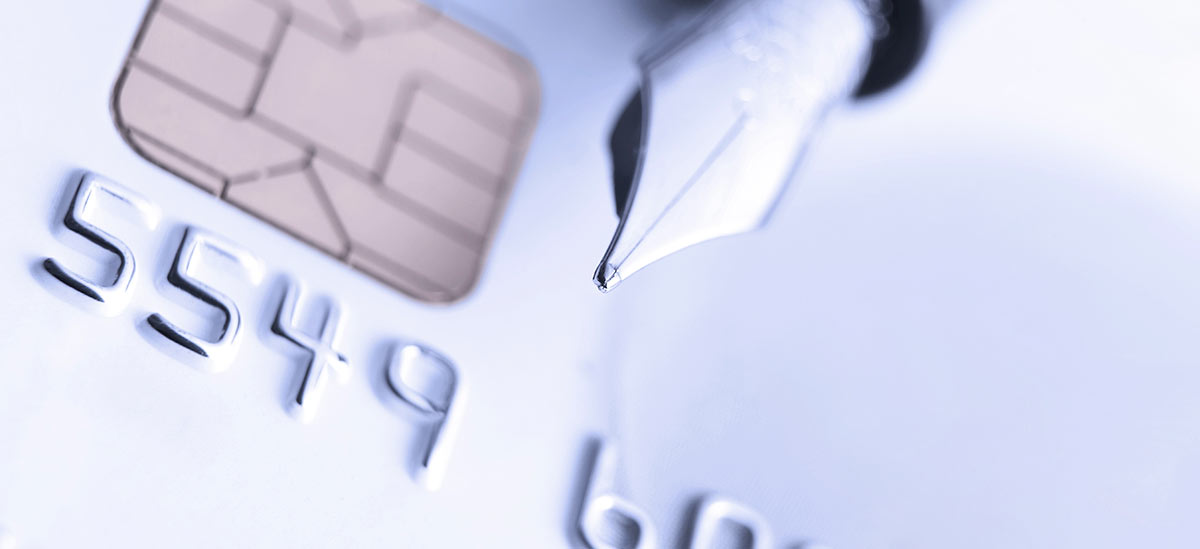
It was only a matter of time. The introduction of new technology starts the clock ticking for criminals in a race to figure out how to crack it. Just as consumers became accustomed to inserting their credit or debit card for a purchase instead of swiping at the point of sale, fraudsters have applied cunning creativity to breach the security of chip cards. And it is the chip itself that has become the focus of the fraudsters through chip burning.
Traditional credit and debit cards used data that is statically stored on the card’s magnetic stripe. A chip card, officially called the EMV®[1] standard (short for Europay, Mastercard ®[2], and Visa®[3]), is considered to be more secure.
The microchip embedded in these cards turns your account information into a unique one-time code when used at a chip-enabled terminal, which makes it difficult for fraudsters to duplicate or copy.
Chip burning is the practice of stealing a valid chip from an EMV card and placing it on an old credit or debit card which is then used for fraudulent purchases.
Chip technology may be more secure, but that doesn’t mean the cards are hack-proof.
-Debbie Guild
According to an alert issued by the U.S. Secret Service to financial institutions, criminals have been intercepting mail containing new debit cards and removing the chip using a heat source to warm the glue. The fraudster replaces that chip on the new cards with an old or invalid chip. The tampered card is then sent along to the legitimate account holder. The fraudster places the stolen chip on an old payment card and waits. When the legitimate account holder activates the card, the criminal drains funds from the associated accounts.
“Chip technology may be more secure, but that doesn’t mean the cards are hack-proof. Cardholders and merchants must always remain vigilant and observant," said Debbie Guild, chief security officer at PNC Bank.
Signs of tampering on a chip card include:
- Heat damage around the chip – notice the presence of burn marks.
- Heat damage on the card – the plastic has bubbled from the heat.
- Small hole in the plastic used to pry the chip off the card.
“Any new or replacement payment chip card received in the mail should be inspected for signs of chip burning prior to activation,” said Guild.
Instances of suspected chip burning on a payment card should be reported to the issuing bank or financial institution. Information relative to chip burning can also be forwarded to the Global Investigative Operations Center (GIOC) at GIOC@usss.dhs.gov, or by contacting 202-406-6009.
Learn how to report fraud»




